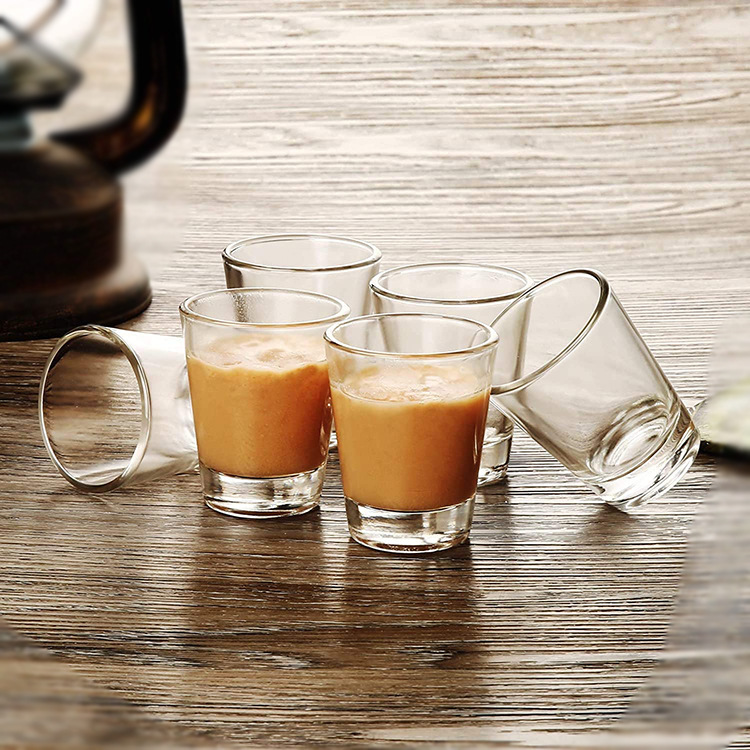The origin of drinking glasses can be traced back to ancient civilizations like the Egyptians and the Romans. However, the use of glassware for drinking purposes did not become widespread until the 16th century in Europe.
Before the invention of glassblowing techniques, drinking vessels were typically made from materials like clay, metal, or wood. Glassblowing, which allowed for the creation of more intricate and delicate shapes, was invented in the 1st century BC, but it wasn’t until the Middle Ages that it became widely used in Europe.
During the Renaissance period, glassmaking became a highly valued craft, and drinking glasses were often decorated with intricate designs and colorful enamels. The invention of the lead crystal glass in the 17th century further revolutionized the production of glassware, allowing for the creation of more durable and sparkling glasses.
In the 18th and 19th centuries, drinking glasses became increasingly ornate and were often used as status symbols by wealthy individuals. Glassware manufacturers like Waterford Crystal and Baccarat became known for producing high-quality, luxury glassware that was coveted by collectors and nobility.
Today, drinking glasses come in a wide variety of styles and materials, from simple and functional glasses for everyday use to elegant and ornate crystal glasses for special occasions. Despite the many advancements in glassmaking technology, the basic manufacturing process for drinking glasses has remained largely the same over the centuries.



